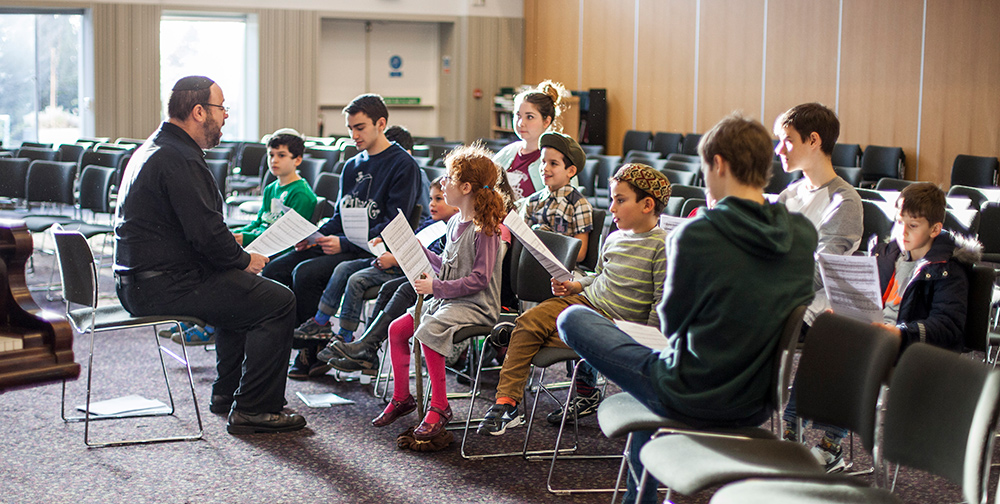Uncovering Women’s Lives in the Cairo Geniza

In his monumental work, A Mediterranean Society, S.D. Goitein devoted an entire chapter of Volume III to “The World of Women”. This was an unusual step for any Jewish historian, but Goitein was truly an unusual scholar. He had studied and analysed an endless number of documents from the Cairo Geniza brought back from Egypt to Cambridge by Solomon Schechter in the late 19th century. Goitein realised that they unearthed information about a medieval society that defied all of the classic expectations regarding Jewish life in the Middle Ages. For him, Geniza society which dated from 950-1250, consisted of a dynamic and surprisingly mobile conglomeration of Jews living in the Mediterranean.
While sorting and examining these fragments, most of which were written in Judeo-Arabic (Arabic in Hebrew letters), he was impressed by the amount of material that pertained to women. For a male scholar to have elected to devote an entire chapter to women’s lives was unheard of within the ranks of Jewish historians.
What can be found in these documents? One can begin with marriage contracts (ketubot) and information about polygamy, a great deal of which was uncovered and published by Goitein’s student, Mordechai Akiva Friedman. Amir Ashur, Friedman’s student, continued along this path and researched material concerning marital matches and engagements. Within the rabbinic-halakhic world, one also discovers rabbinic responsa that pertain to women’s lives. Yehoshua Blau published Maimonides’ responses to queries found in the Geniza, publishing them in the original Judeo-Arabic with Hebrew translations. In this collection, one can find information about girls who had private lessons with a tutor who taught them, among other things, prayers. This tutor was blind, had (while inebriated) lost his temper with the father who employed him and was desperate to regain his employment.
Two of his responsa deal with the same issue, that is to say, the status of a female teacher in a Beit Midrash (elementary school) for boys. Her husband wanted permission to take a second wife since his first was too busy teaching, while the wife wanted to know if her husband had a duty to support her, which he clearly had not fulfilled. One observes the means by which a semi-literate orphan girl becomes empowered by learning, and witnesses a community in medieval Cairo that is willing to employ a woman teacher, not because it felt sorry for her, but because she was competent.
Women’s voices are heard elsewhere as well – for example in wills they wrote or dictated. Goitein published a number of them which allow us to see the values and priorities of these women. One very extensive will displayed the wealth of the businesswoman involved, who had very specific instructions for each family member and friend, for her funeral, for her son’s education and regarding the status of the father of her son. There are more documents pertaining to this woman, Wuhsha al-Dallala, than any other in the Geniza, mostly because she was such a successful and active individual.
Letters galore can be found in this collection, some written by women, others dictated by women and some written to women. It is difficult to determine their level of literacy although at times, there are instructions to have the letter read to a certain woman. Nevertheless, the fact that a scribe penned a letter does not prove anything. After all, men used scribes as well, perhaps because their penmanship was superior or their language more flowery; whoever could afford a scribe might employ one. Women wrote to their husbands and brothers who were away on business; daughters wrote to their fathers; sisters located in different settlements wrote to one another. These women were often relied upon to update their family members about developments whether business or family-related. The letters might include orders for everyday or exotic items, they might include complaints, or the women might choose simply to express their feelings – often because they missed their siblings or partners or parents.
Women needing help, in particular those without financial means and who were not being properly supported by the community, often turned to leaders in writing. Charity was not always sufficient and many women could not manage on their own – in particular widows, and especially widows with children. Letters might be addressed to the head of the rabbinic court or to the head of the entire community, the nagid. Miserly husbands did not always provide their wives with the required entrance fee to the bathhouse and were seriously reprimanded. Sons were often sent to study in schools in larger communities while mothers were left in the dark about the status of their sons. Goitein found a letter written by Maimonides’ own sister, Miriam, who had no recourse but to turn to her eminent brother in order to find out how her own son was faring!
Life in medieval Mediterranean Jewish society was dynamic and full of challenges. Women had to cope with the absence of husbands, most of whom were traders, often journeying toYemen and India, which entailed long periods absent from home. While Goitein pointed out that the average woman in this society did not have a tremendous amount of housework, there was a great deal to occupy her and her time. Fortunately, we have this goldmine of documents found in the Cairo Geniza to grant us an entrance into their world.
Renée Levine Melammed is a professor of Jewish History at the Schechter Institute of Jewish Studies, Academic Editor of Nashim, and a leading scholar in the history of Sephardic Jewry and Jewish Women’s Studies.




